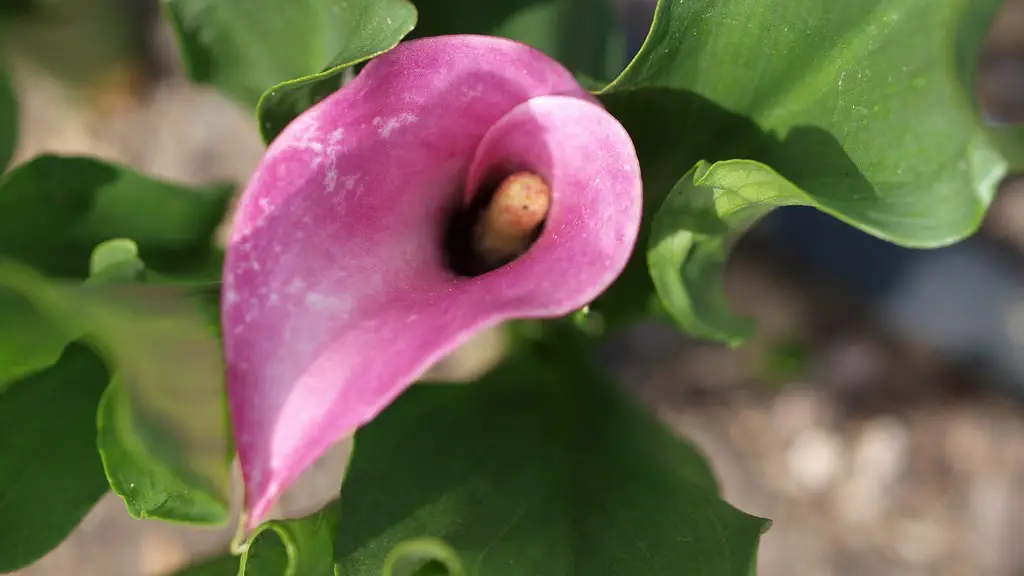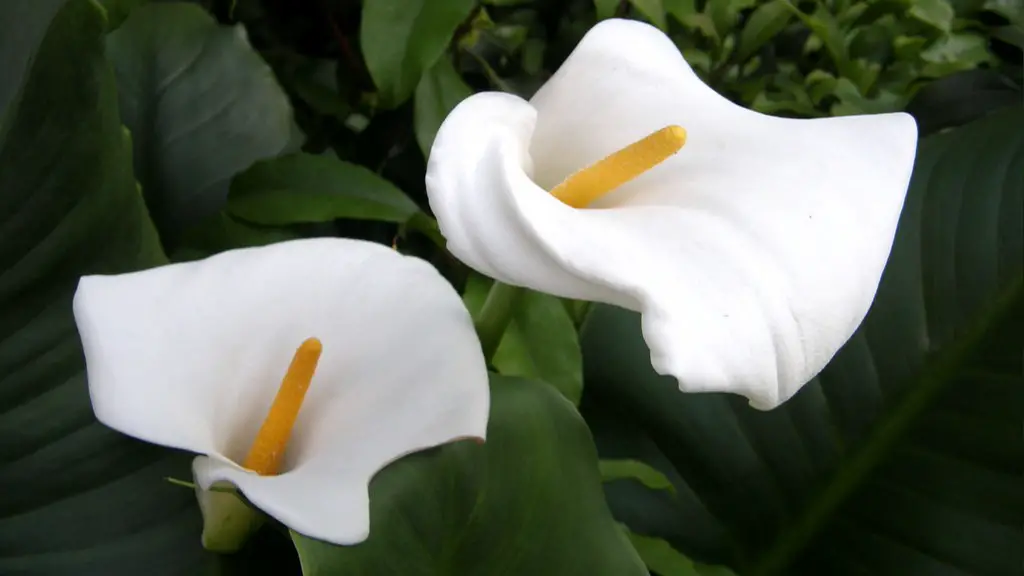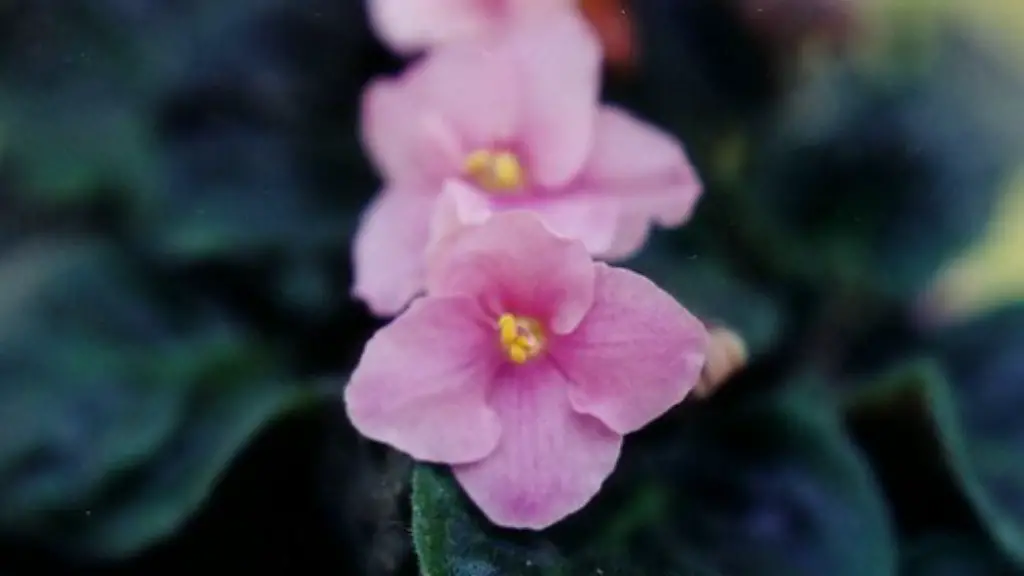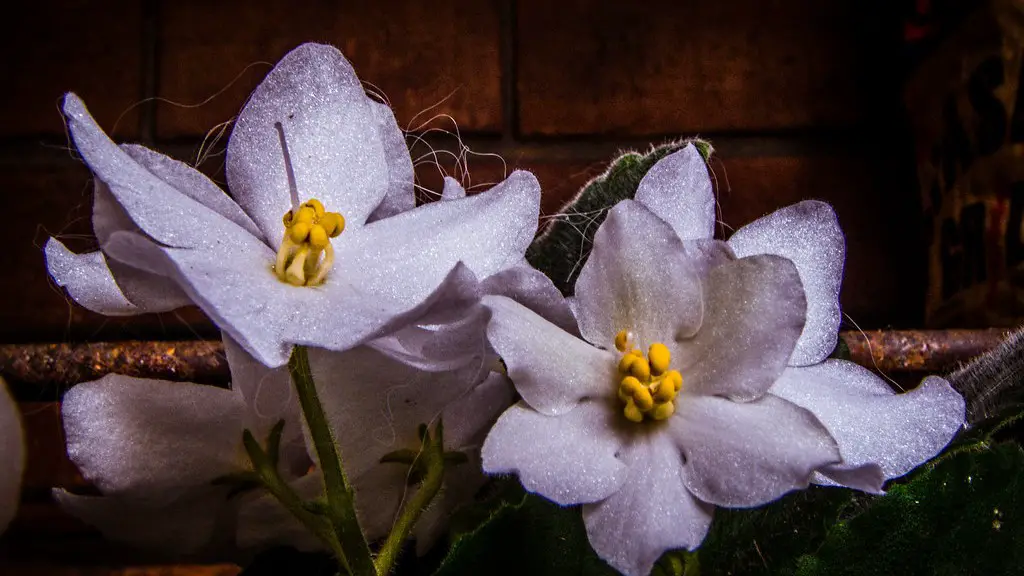Among the most elegant and easy-to-grow flowers, calla lilies (Zantedeschia spp.) are a favorite of gardeners. Hardy in U.S. Department of Agriculture plant hardiness zones 7 through 10, they are typically grown as annuals in cooler climates. When blooming season is over, you can store your calla lily bulbs over winter and replant them the following year. Outdoors, calla lilies need full sun and moist, well-drained soil. They also make excellent houseplants and are often used in floral arrangements.
To care for calla lily plants outdoors, water them deeply and regularly, especially during the summer. Fertilize monthly with a balanced fertilizer, and protect them from too much sun and heat. In colder climates, lift the bulbs and store them indoors over winter.
Do outdoor calla lilies come back every year?
Calla lilies are known as rhizomatous herbaceous perennial plants. This means they have an underground root system that sends out roots, they have no woody stems above ground but are vascular, and they return every year. They come in many colors, but are one of the few true black perennial flowers you can grow.
The calla lily is a beautiful plant that can brighten up any indoor space. To keep your calla lily healthy and looking its best, follow these care instructions:
Keep the soil moist, but not soggy. Calla lilies need consistent moisture to thrive, so be sure to water them regularly.
Provide bright, indirect light. These plants do best in bright, indirect light, so place them near a window where they will get some indirect sunlight.
Apply liquid fertilizer monthly while in flower. This will help to keep the plant healthy and promote growth.
Keep away from heating and A/C vents. These can dry out the plant and cause the leaves to drop.
Reduce watering when the plant enters dormancy (November). During this time, the plant will need less water as it goes into a resting state.
Cut the leaves off at soil level once they’ve died. This will help to prevent disease and encourage new growth.
What do you do with outdoor calla lilies after they bloom
After your Calla Lilies have finished blooming for the season, reduce watering and allow the leaves to turn yellow. Once the foliage dies back completely, cut it down to the ground. Dig up your rhizomes, clean them off with water and let them air dry for at least 12 hours.
If you live in a climate where the temperature drops below 25 degrees Fahrenheit, it is important to bring your potted calla lilies indoors before the freezing weather arrives. These tropical plants will be damaged or killed if they are exposed to temperatures below 25 degrees. If you live in a climate where the temperature does not drop below 25 degrees, you can leave your potted calla lilies outdoors.
Do you cut down calla lilies in the fall?
Calla lilies (Zantedeschia spp) are tender perennials. Their rhizomes must be dug up in fall and stored indoors over the winter months. After a killing frost, cut off the foliage 1 to 2 inches above the soil surface.
Yes, calla lilies do spread. Being a bulb, calla lilies spread by multiplying and creating other bulbs. These calla lily bulbs can be dug up and replanted in different locations. While these plants spread, they do so in a manner which is quite easy to control.
Should you cut old flowers off calla lily?
When calla lilies are finished blooming, their petals don’t fall off like many other plants. Instead, the flower begins to die and rolls up into a tube. The spent blossoms on calla lily plants are done and have no purpose, so they should be clipped off.
If you notice the leaves on your calla lily plant have dark tips, it’s an indication that you may be fertilizing too much. Cut back on fertilizer and add coffee grounds around the base of the plant between fertilizing rounds. Calla lilies prefer acidic soil, and adding coffee grounds will help to increase the acidity levels.
How many years do calla lilies last
Calla lilies are a beautiful flower that can last for many years. Most of them go dormant in the fall and come back in the spring. This makes them a great choice for those who want a long-lasting floral arrangement.
Calla lilies are great for adding a splash of color to any garden or landscape. They are relatively easy to care for and can spread by multiplying and creating new bulbs. While this can be seen as a positive, it is also something to be aware of if you want to control the spread of the plants. By digging up the bulbs and replanting them in different areas, you can help to control the spread of the calla lilies.
Can you leave calla lilies in pots?
Calla lilies are beautiful flowers that look great in pots and planters. They can be mixed with other annuals, but usually perform better on their own. The flowers last for weeks, making them a great addition to any home or garden.
Callas are a great plant to have around all year. They can be grown as houseplants, summer annuals in outdoor pots, or in the ground in summer. If you want to keep them for another year, you’ll need to dig them up and store them dormant inside.
How do you winterize lilies
When planting daffodil bulbs, it is important to choose a well-draining location. Avoid locations where there is standing water. Applying a thick layer of mulch will help protect the bulbs against freeze and thaw cycles. If you live in an area with cold winters, you may want to lift the bulbs and store them indoors for the winter. Be sure to keep the bulbs lightly hydrated.
Light
The Calla Lily requires bright, indirect sunlight in order to thrive. If you cannot provide enough natural light, you can supplement with grow lights.
Water
WATER when the top 1-2 inches of soil feels dry. Calla Lilies are drought tolerant, but will not tolerate sitting in soggy soil. Be sure to use a well-draining pot with drainage holes.
Temperature
The ideal temperature for Calla Lilies is between 65-75 degrees Fahrenheit.
Humidity
Your Calla Lily will appreciate some extra humidity, especially in the winter when homes tend to be drier. You can increase the humidity by placing the pot on a pebble tray or using a humidifier.
Fertilizer
Fertilize your Calla Lily every 2-3 weeks during the growing season with a general purpose fertilizer.
Do calla lilies bloom more than once?
If you live in an area with a cold winter, you can transfer your calla lilies indoors at the first freeze. They will need to be replanted outdoors each spring. If you leave them in the ground, they will die when the roots freeze. The flowers bloom in the late spring and throughout the summer.
When cutting lilies for vases, only remove one-third of the leaves so that the lily bulbs can rebuild themselves and bloom the following summer.
Is calla lily annual or perennial
Calla lilies are not annuals, but perennials that will come back year after year with just a little extra effort. Every few years, divide the plant into three or four sections to store for the winter. This will give you a larger quantity of healthier plants to enjoy next spring.
Calla lily rhizomes are sensitive to cold weather and should be lifted in fall after the first frost. They should be stored for winter and then replanted in spring after soil temperatures warm up.
Conclusion
There are a few things to keep in mind when caring for calla lily plants outdoors. Firstly, they need well-drained soil in order to thrive. Secondly, they prefer full sun but can also tolerate partial sun. Be sure to water regularly, especially during the hotter months. Lastly, calla lily plants need to be fertilized every few weeks to ensure optimal growth. With proper care, your calla lilies will thrive and bloom beautiful flowers year after year.
Based on the information provided, it is clear that calla lily plants require a lot of attention and care, especially when grown outdoors. Despite this, with the proper care, calla lilies can still thrive and provide their owner with beautiful flowers.




